OUR PRODUCTS & PEOPLE
Good People
Doing
Good Things!
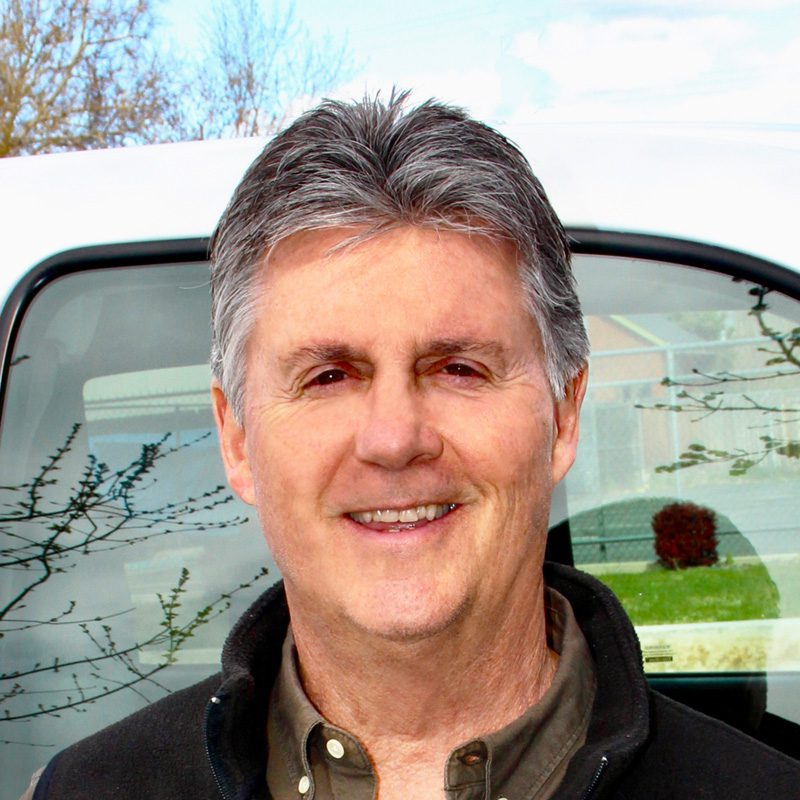

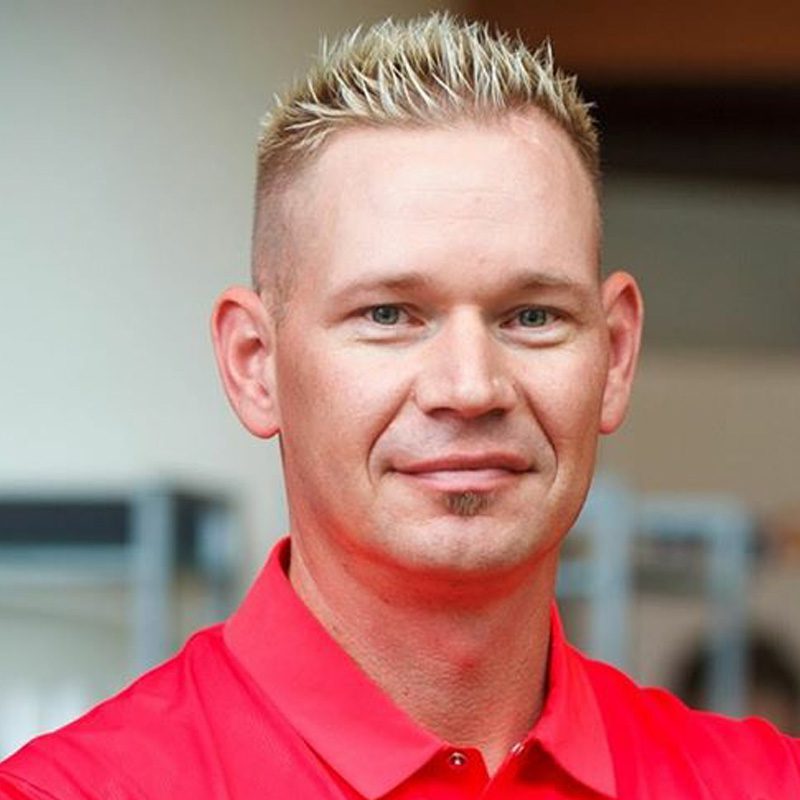
HUNGRY PLANET ORGANICS PHILOSOPHY
Hungry Planet Organics (HPO)
was founded with the focus on giving back to our planet and the community we live in. We understand and embrace the urgent need for alternatives to the conventional practices of chemical applications used in agriculture and provide environmentally conscious, safe, and highly effective solutions.
“You are what you eat” says quite a lot. Thirty years ago, gluten allergies and lactose intolerances were virtually unheard of. Seemingly out of nowhere, many people, especially our children, have some type of allergic reaction to something!
Our society has become more aware of the overwhelming use of toxic synthetic chemicals in products we consume and in the foods we eat. This is not a coincidence, but rather a cause and effect.
In addition to this enigma, chemical resistant bacteria is now reaching a state of significant alarm and needs to be addressed, not with increasingly stronger mixtures of complex compounds which are at the root of the problem, but with safe, effective, and proven solutions backed by hard scientific evidence and time proven results.
At HPO, we are genuinely concerned about the environment we all live in and strive to make as big a difference as possible with the tools and resources made available to us.
Our Vision is to have a reputation in the industry as the company with:
“HPO is committed to uphold the integrity of its counterparts while supplying and providing the highest quality of products and service available through honest and reliable communication with its valued customers.” – John Ballard
OUR MANAGEMENT TEAM
Since HPO’s beginning, it has been privately owned and operated by Idaho native and founder John Ballard, with the goal to provide safe and effective “green” alternatives to synthetically based chemical products commonly used in agriculture and associated operations.
Since inception, HPO has supplied yucca based organic soil amendments on a wholesale level to grower-producers, vintners, and orchardists throughout the western United States.
Early in 2013, the opportunity evolved for a ‘hands on’ experience with electrolyzed water, witnessing the significant effects this solution can make in food & safety protocols within the fruit and food processing industry.
NO ONE in this field has the experience and expertise with yucca products and electrolyzed water in agriculture and food processing!
Ballard directs Operations, Sales and General Management.
Toney Williams, a retired executive from IDACORP Inc., oversees strategic and financial operations, and acts as Financial Director for the company. Mr. William’s astuteness and intelligence gained over years of successful management provides HPO with guidance for sound planning and continued growth.
A resourceful outside alliance with Jamie Griffin, VP of National Accounts-Food Processing for Management Recruiters of Boise, is in place to provide direct access to the upper management of processing facilities and operations throughout the region.
For over 32+ years Griffin has been directly involved with food production and processing. With a background in microbiology, he has built a strong reputation in the industry as a reliable professional holding to the highest degree of standards and ethics.
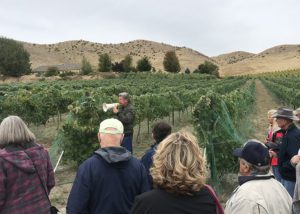
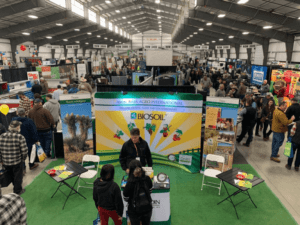

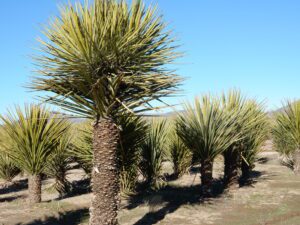
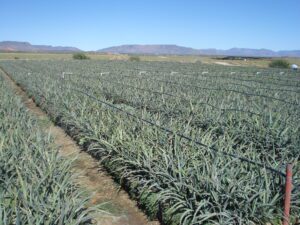
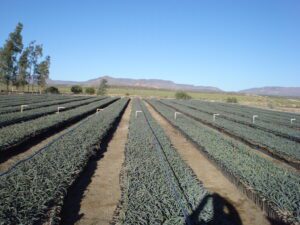
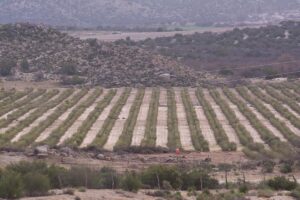

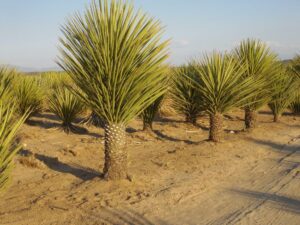
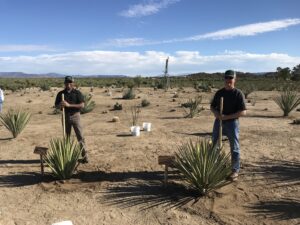
Hungry Planet Organics (HPO), established in 2010, provides organic soil amendments to a multitude of farmers and growers throughout the Great North-Western region of the US. In 2012, HPO became a Washington Limited Liability Company and now operates as an Idaho LLC, strategically located in Boise.
HPO works closely in a privileged association with Agroin® /Baja Agro International S.A. de C.V in Ensenada, Mexico. Baja Agro produces BIOSOIL® and other fine products produced from the only privately owned fully sustainable plantation of yucca schidigera in the world.
Since 1983, Baja Agro has been dedicated to the harvesting and commercialization of the yucca schidigera plant, which thrives only in the northwestern region of Mexico and in the southwestern region of the United States, known as Baja California, where it is federally protected. Agroin/Baja Agro International has twice received the coveted Premio Nacional de Exportación (National Export Award).
Baja Agro holds with pride, standards that identify its products as USDA Organic / OMRI Listed / CDFA Registered, as well as various Quality & Safety Certifications including HACCP, ISO 22000: 2005, GMP + B2, GMP + B3, Kosher, and HALAL, which are highly valued by buyers of this type of product in more than 52+ countries throughout the world.
 World Ag Show – Tulare, CA2019
World Ag Show – Tulare, CA2019 World Ag Show – Tulare, CA 2020
World Ag Show – Tulare, CA 2020A strategic hybrid of effective products:
In an effort to diversify its reach, HPO markets, installs and maintains high-tech electrolyzed water generators which produce EPA/FDA approved hypochlorous acid (HOCL aka “Anolyte”) and sodium hydroxide (NaOH aka “Catholyte”) for major fruit packing facilities and food processors throughout the United States.
These EPA registered devices are utilized to manufacture non-hazardous solutions for on-site bacteria control on various types of fruit and produce during processing and packaging as well as preparation for storage. In addition, the solutions are used for cleaning and disinfecting the associated equipment and areas surrounding, a term referred to in the industry as “Clean In Place” (CIP).
With all of the harsh toxic chemicals being utilized in today’s food production, there is a strong demand for safe, reliable, and cost effective alternatives for high quality, low maintenance equipment backed by a solid warranty, coupled with a reliable support program.
HPO is proud to continue with the time honored practice in providing honest solutions to real world issues.

Biosoil® – Natural Wetting Agent and Soil Conditioner
Yucca Schidigera extract is the unique ingredient of this product, acting as a natural wetting agent and soil conditioner. BIOSOIL® is OMRI® Listed (Organic Materials Review Institute) and carries the coveted and protected USDA Organic Seal from the United States Department of Agriculture.
Acting as a soil enhancer, BIOSOIL® allows for better physical conditioning as it modifies soil structure. The flocculant action allows for greater penetration of air and water, encouraging the development of existing microorganisms in the soil and thus increasing the decomposition of organic material and the formation of humus. This allows the plant an increased availability for absorption of nutrients. Roots are more vigorous. The plant becomes more vibrant, encouraging earlier germination and healthy growth.
BIOSOIL® reduces the superficial tension of water, allowing it to penetrate quickly and homogeneously. The enhanced action of the soil forces superficial salts to leach easier, creating better development of root structure for healthier plants. NOT a fertilizer, herbicide or pesticide, BIOSOIL® is biodegradable and non-toxic to the environment.
HPO distributes BIOSOIL® on a wholesale level to grower-producers for application in orchards, vineyards and farms throughout the GNW. As the organic market continues to flourish, the demand for approved amendments, fertilizers and supplements continues to increase. Registered organic operations are required to use only organic certified products, with limited or no options. BIOSOIL® is also very compatible with non-organic, conventional farming methods and products.

“Biosoil is a major factor in the good health of our soil” – Gary Cunningham 3 Horse Ranch Vineyard, Eagle Idaho
Hypochlorous Acid – “Anolyte” and Sodium Hydroxide – “Catholyte” derived from the electrolyzed water process:
The electrolyzed water process is a unique concept and relatively new to the United States, but has substantial historical recognition with a respected international presence. This process uses water, salt and electricity to produce two separate solutions; Hypochlorous Acid aka “Anolyte” and Sodium Hydroxide aka “Catholyte”. These two solutions are safe and highly effective in controlling bacteria, spores, fungi, viruses, yeasts and molds if used properly. In the sanitation process, many micro-organisms develop a tolerance or resistance to conventional chemicals as a result of continuous exposure. That tolerance or resistance does not develop with these two solutions. [1]
The first solution is a potent natural disinfectant-sanitizer known as Anolyte, with the formula HOCl (hypochlorous acid), and is measured in parts per million (ppm) for free available chlorine (FAC). Our Anolyte is near neutral with a ~6.5 pH level and is measured for Oxidation Reduction Potential (ORP). Measured in millivolts (mV), ORP above +650mV kills microorganisms. Anolyte has been shown to be effective at eliminating pathogens and food spoilage microbes, including spores.
NOTE: Anolyte, if made and stored properly, will hold its efficacy up to one year, unlike conventional products made for “on demand use”.
Microbes, like other living things, need a stable energy supply to survive. Anolyte destabilizes and elevates the electrical charge of the water creating an environment in which microbes cannot survive.
The energy difference between Anolyte (@+900mV) and normal tap water (@+200mV) will kill one million E.coli microbes within 30 seconds. [2]
The second solution is an anti-oxidizing, mild alkaline solution known as Catholyte with the formula NaOH (sodium hydroxide), holding a pH range of ~11.5 and ORP of -100 to -300mV, which is utilized as a highly beneficial cleaning detergent. Anolyte and Catholyte, used in a two step process, are extremely successful in removing and controlling bacteria on contact surfaces as well as biofilm in lines and equipment.



“We are very happy with the way the equipment and the chemistry has performed in Sherburne! Currently, we are installing a new hard cooked egg operation in our New Hampton Iowa plant and want to order another unit for that facility.”
– Shelly McKee Ph.D. VP of Food Safety & QA, Deb El Foods – Elizabeth, NJ

“Thats great news and everyone is happy with the new equipment and product. I really appreciate the follow through.” – Shelly McGee / Deb El Foods New Hampton, IA
The major feature, and strongest selling point, is the safety factor in working with Anolyte. There are minimal required protocols involved in the handling and storing due to its non-toxic qualities. Employee training and record keeping will be greatly reduced while still complying with the stringent requirements in food & safety standards. Anolyte provides for a safer environment with application and handling procedures.
A highly regarded advantage of Anolyte is with holding a ~6.5 pH level for up to a year. This solution is much less corrosive to metals and machinery parts compared to its chemical counterparts and other competing products. Anolyte has a unique mechanism of biocidal action, very distinct from that of synthetic chemicals. It has been repeatedly shown that microorganisms are unable to build up a tolerance to Anolyte technology.
Average CIP time may be reduced by up to 70% due to shorter contact time required for effective cleaning and disinfecting, a significant labor reduction consideration.
Up to 60% reduction in water costs, due to shorter cleaning and disinfection cycles are realized, as well as the ability to reclaim CIP solutions for reuse. Anolyte solutions are uniquely compatible, so rinsing between and after applications is no longer required.
Anolyte is applied at ambient temperatures resulting in substantial energy savings over conventional chemicals requiring higher temperatures for application.
Both Anolyte and Catholyte solutions are reclaimable and can be re-used several times before releasing into drainage systems with minimal effect on the downstream environment. Broad adoption results in substantial reductions of toxic effluent and is easily controlled.
Anolyte/Catholyte Generators are installed on-site with a reserve of solutions stored in food grade buffer tanks allowing availability on demand. There are no added significant transport costs or hazardous storage controls, as with conventional chemical supplies.
The efficacious properties remain stable in storage for up to one year with little or no maintenance, proving an uncommon advantage industry wide.
HOCL – “Anolyte”:
Anolyte/Catholyte generators, separate or combined, are available in several sizes dependent upon demand. HPO can meet customer requirements in commercial applications for a variety of customized volume situations and is priced accordingly.